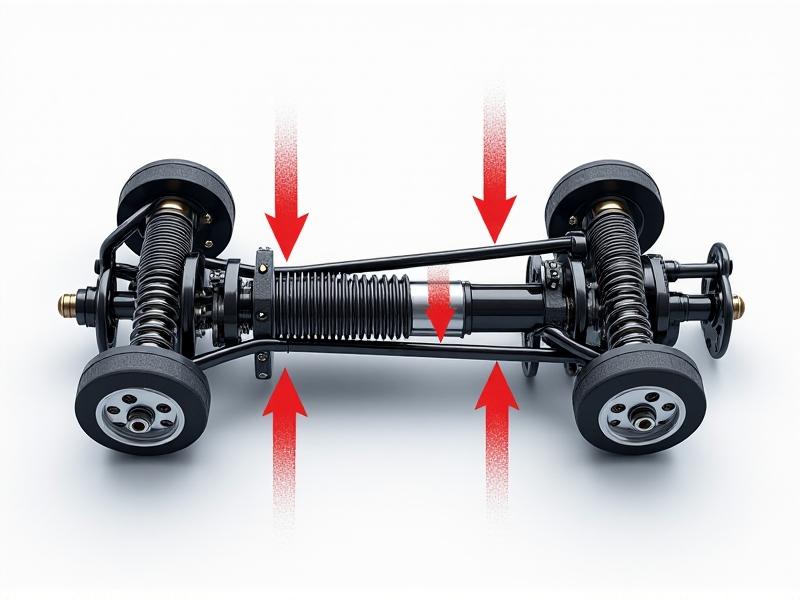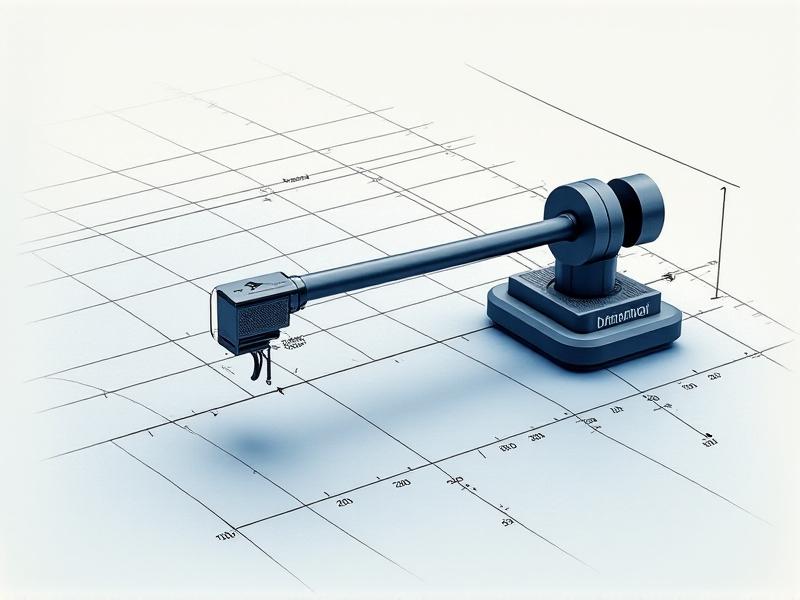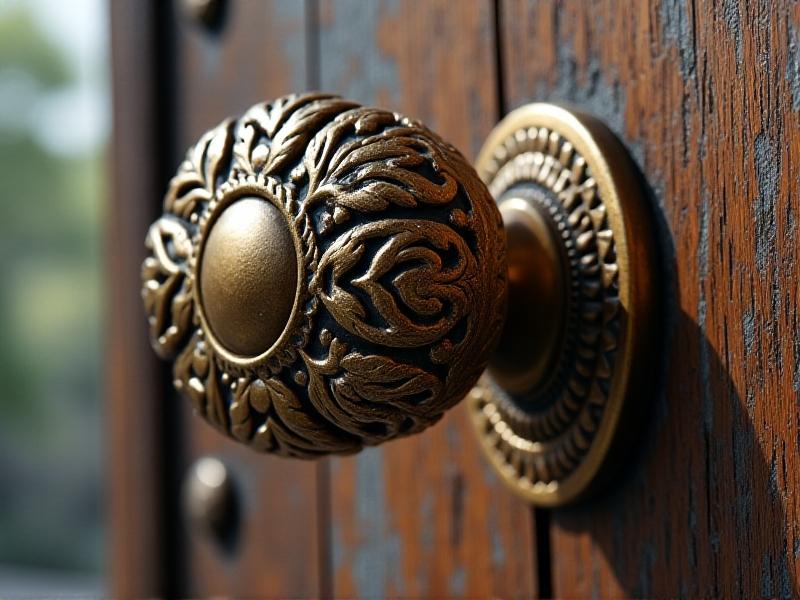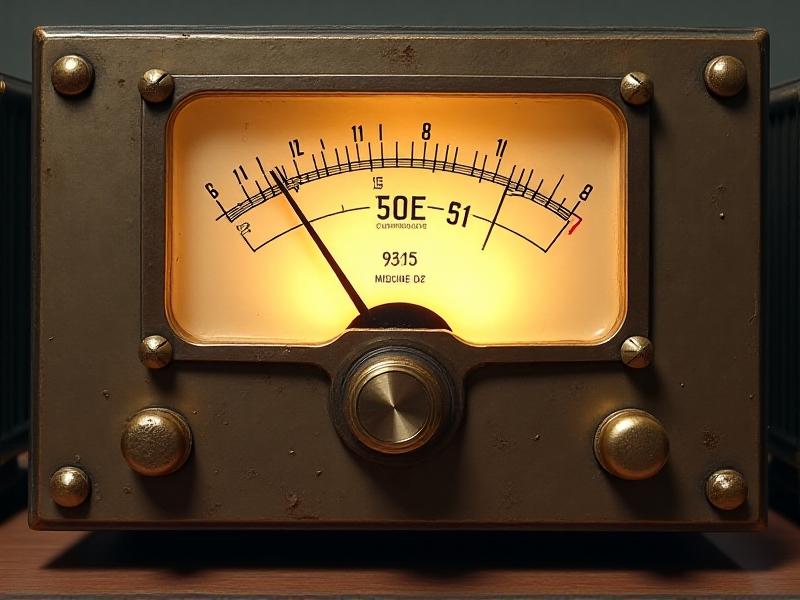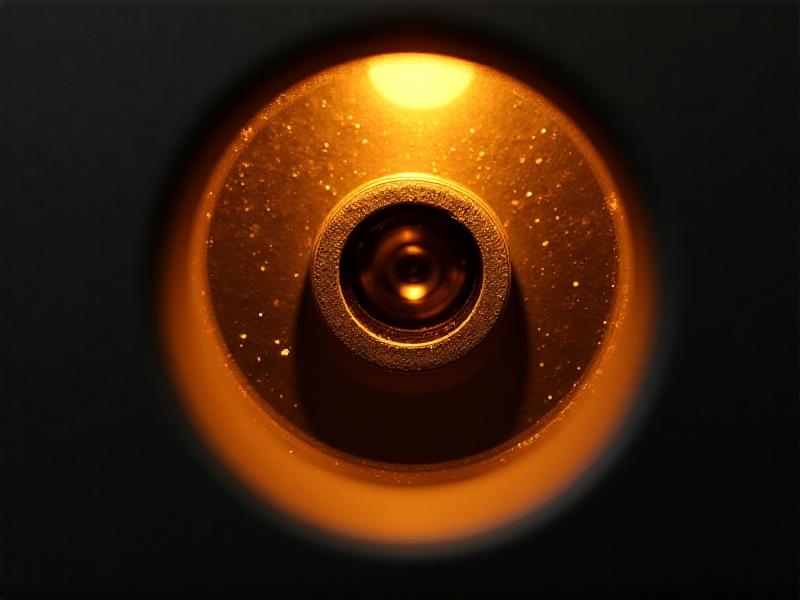Cloth Grille Cleaning Without Shrinkage
Understanding Cloth Grilles and Shrinkage Risks
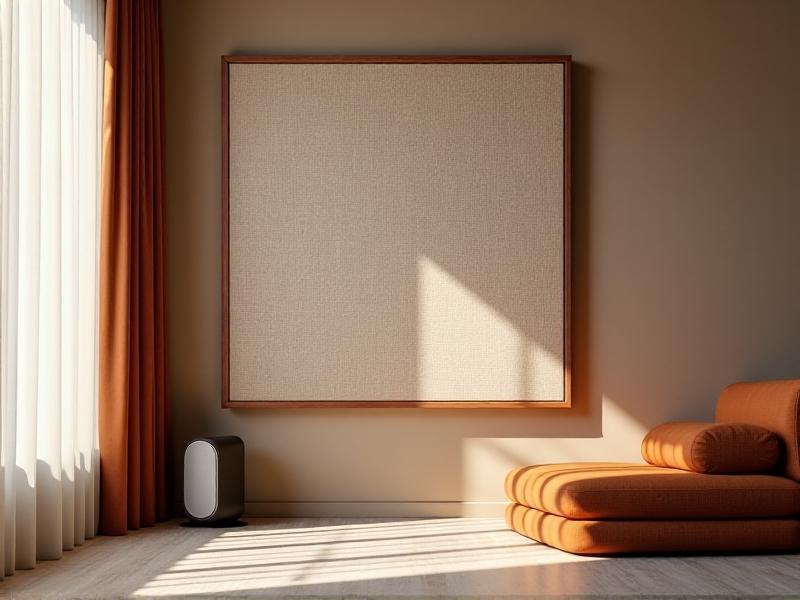
Cloth grilles, often found on speakers, HVAC vents, or decorative panels, serve both practical and aesthetic purposes. Their fabric construction allows sound or air to pass through while concealing internal components. However, materials like polyester blends, linen, or synthetic meshes are prone to shrinkage when exposed to moisture, heat, or aggressive cleaning methods. Understanding your grille’s fabric type is crucial—natural fibers shrink more readily, while synthetic blends may warp or lose shape. Always check manufacturer guidelines first, as some grilles have specialized coatings or glued components that water could damage.
Pre-Cleaning Preparation: Setting the Stage for Success
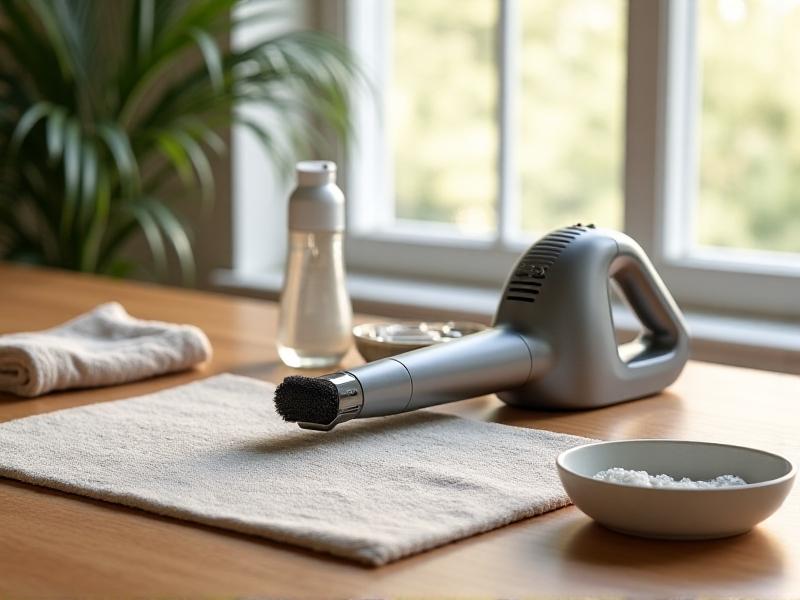
Before touching any liquid, remove loose dust and debris with a soft-bristle brush or vacuum using a low-suction setting. Test an inconspicuous area with a damp cloth to check for color bleeding or texture changes. If the fabric reacts poorly, stick to dry methods. For washable grilles, note stitching or adhesive details that might loosen during cleaning. Label removal techniques (like using a seam ripper for sewn-on tags) can prevent accidental damage later. This prep work minimizes surprises and ensures you choose the safest cleaning approach.
Hand Cleaning Techniques for Delicate Fabrics
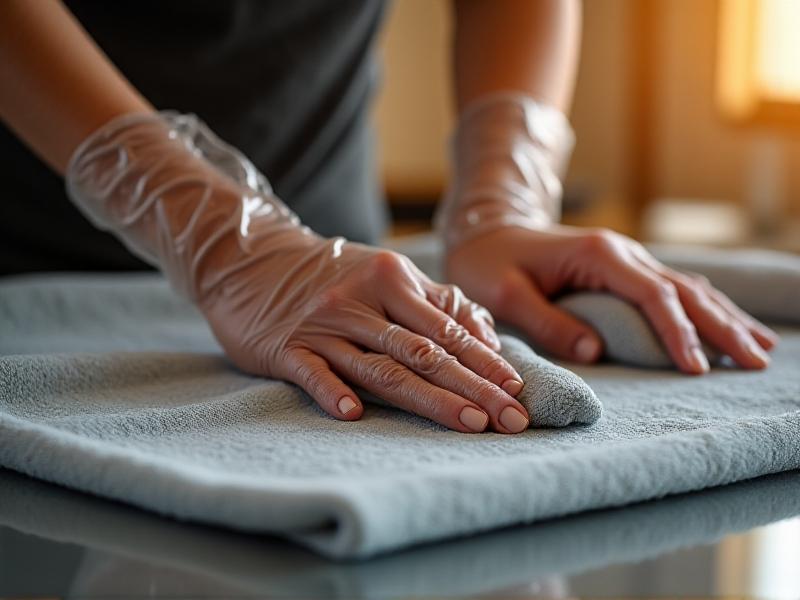
Hand washing offers the most control. Mix lukewarm water with a small amount of mild detergent—avoid hot water, which can relax fibers and cause shrinkage. Dip a microfiber cloth into the solution, wring it until barely damp, and gently blot the grille. Never rub aggressively; instead, use light, overlapping strokes following the fabric’s grain. For stubborn stains, apply diluted vinegar or baking soda paste sparingly, but rinse immediately to prevent residue buildup. Pat dry with a towel afterward to absorb excess moisture before air drying.
Machine Washing: When It’s Safe and How to Do It Right
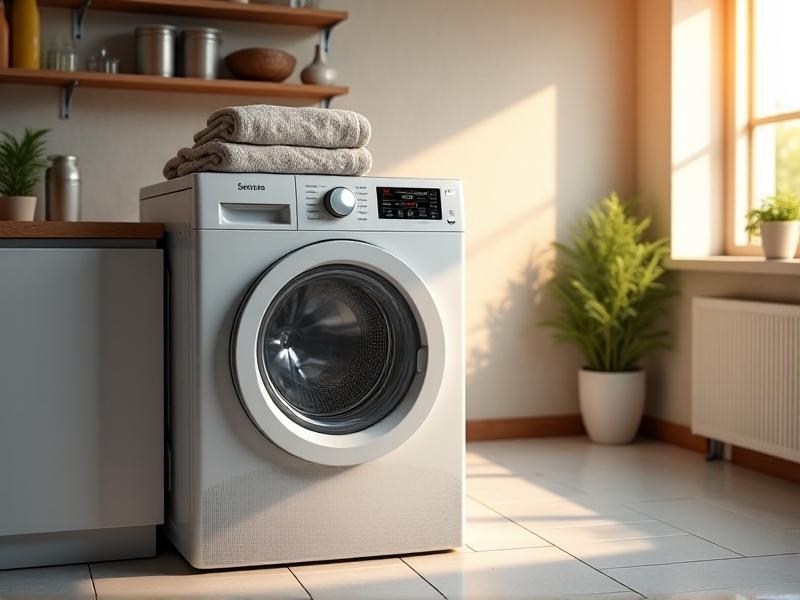
Machine washing is risky but possible for sturdy, removable grilles. Use a mesh laundry bag to protect the fabric from drum friction. Select a gentle cycle with cold water and skip the spin cycle to minimize agitation. Skip fabric softener, which can degrade fibers over time. Remove the grille immediately post-wash and reshape it on a flat surface. Never machine-dry—even on low heat, the combination of motion and warmth almost guarantees shrinkage. Reserve this method only for grilles explicitly labeled as machine-washable.
Using Steam and Alternative Cleaning Methods
Steam cleaning kills bacteria and loosens dirt without soaking the fabric. Use a garment steamer or low-pressure steam cleaner held 6–8 inches from the surface. Move steadily to prevent moisture buildup in one area. For odor removal, sprinkle baking soda on the grille, let it sit for 15 minutes, then vacuum. Alternatively, use a dry carpet cleaner powder designed for upholstery—its granules absorb grime without water. These methods are ideal for grilles that can’t be removed or have electronic components nearby.
The Right Way to Dry Cloth Grilles Without Shrinkage
Lay the grille flat on an absorbent towel or mesh rack to air dry. Never hang it, as gravity can stretch damp fabric. Place it away from direct sunlight and heat sources, which can cause uneven shrinkage. Use a fan to improve airflow but avoid high-speed settings that might dislodge fibers. If reshaping is needed, gently stretch the fabric back to its original dimensions while damp, using the grille’s frame as a guide. Check progress every hour—once fully dry, any remaining wrinkles can be smoothed with a cool iron using a protective cloth barrier.
Preventative Maintenance to Minimize Cleaning Frequency
Weekly dusting with a microfiber duster prevents buildup that necessitates deep cleaning. For wall-mounted grilles, install them away from cooking areas or high-humidity zones to reduce grease and moisture exposure. Apply a fabric protector spray designed for upholstery to create a moisture-repellent barrier—test it on a small area first. Rotate or flip removable grilles seasonally to distribute wear evenly. These habits extend the time between washes, reducing long-term shrinkage risks.
Common Mistakes to Avoid When Cleaning Fabric Grilles
Never use bleach, ammonia, or abrasive scrubs—they break down fibers and accelerate shrinkage. Avoid soaking the fabric, as prolonged water exposure weakens stitching and adhesives. Don’t wring or twist the grille to remove water; this stretches and misaligns the weave. Skipping the prep steps (like dusting) pushes particles deeper into the fabric during washing, requiring rougher cleaning that increases shrinkage chances. Always prioritize gentle, incremental cleaning over aggressive tactics.
Recommended Products and Tools for Safe Cleaning
Invest in a pH-neutral detergent like Woolite or Seventh Generation Free & Clear. For stain treatment, distilled white vinegar diluted with water (1:3 ratio) works safely on most fabrics. Microfiber cloths are superior to paper towels, which can shed lint. A soft-bristle toothbrush helps clean intricate edges without snagging threads. If using steam, opt for a model with adjustable temperature control to avoid overheating delicate materials.
Final Tips for Long-Term Care and Preservation
Document cleaning dates and methods to identify what works best for your specific grille. If shrinkage occurs despite precautions, lightly mist the fabric with water and stretch it back into shape while damp—sometimes this can reverse minor contraction. For heirloom or high-value grilles, consult a professional upholstery cleaner experienced in delicate fabrics. By treating your cloth grille as a blend of functional equipment and textile art, you’ll ensure it remains both effective and visually appealing for years.
